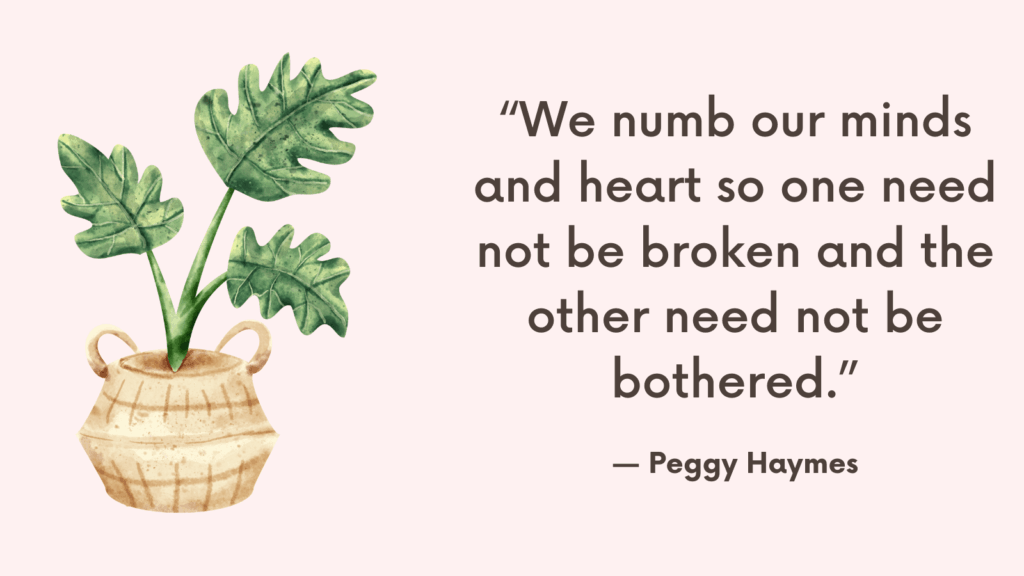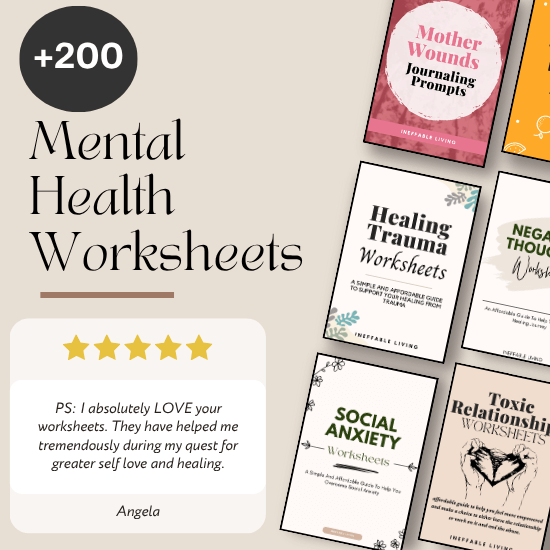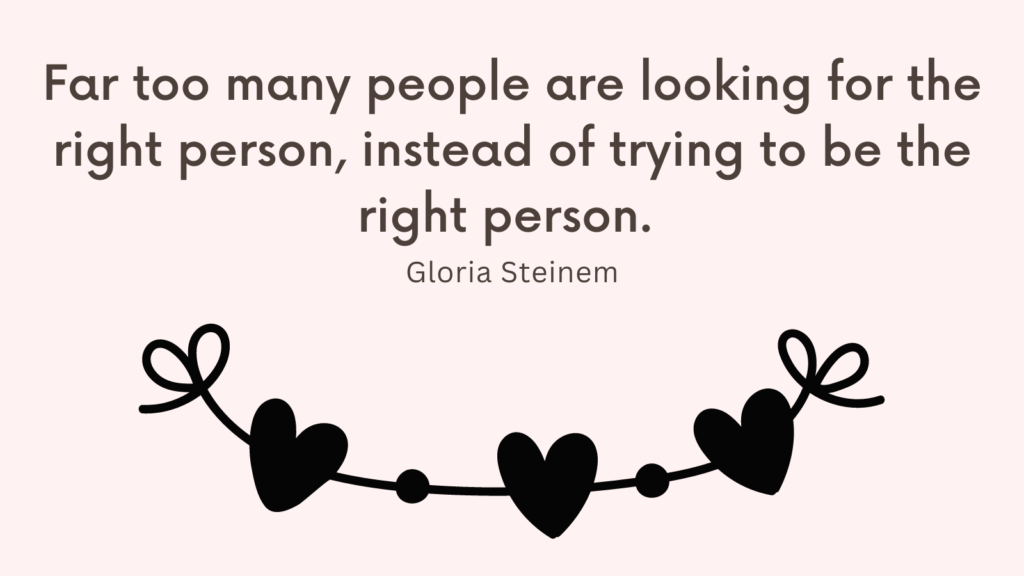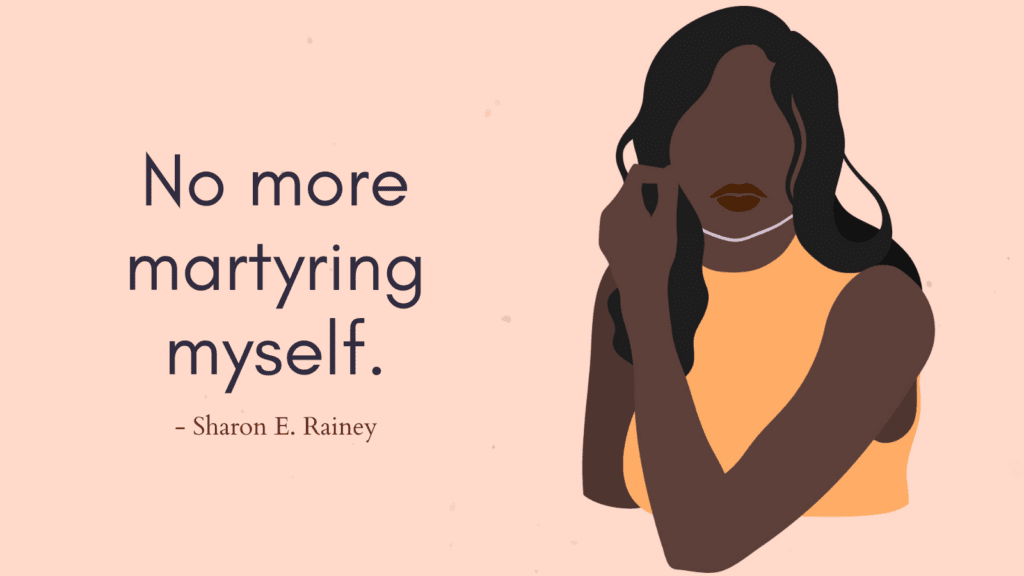Avoidance in relationships doesn’t always look like running away—it often shows up in subtle, everyday behaviors. While these patterns may seem harmless or protective, they can quietly erode connection, trust, and emotional safety over time. Recognizing these signs is the first step to healthier, more honest relationships.
What Is Relationship Avoidance?
Relationship avoidance is a pattern where a person distances themselves from emotional closeness or intimacy to protect themselves from potential pain, rejection, or vulnerability. This can show up as avoiding commitment, suppressing feelings, ending relationships prematurely, or keeping others at arm’s length.
It often stems from past experiences like betrayal, abandonment, or childhood emotional neglect. People with relationship avoidance may crave connection but fear the risks that come with it, leading to conflicting behavior — pulling others in, then pushing them away.
While it may feel safer in the short term, relationship avoidance can lead to loneliness, unfulfilled emotional needs, and difficulties forming deep, trusting bonds. Healing involves understanding the roots of this fear and gradually allowing space for vulnerability and emotional connection.
Related: Top 10 Social Withdrawal Signs — & How To Social Isolation? (Hikikomori Syndrome)
How Avoidance Shows Up in Relationships (Without Realizing It)?
1. Withholding Your True Feelings
You downplay or hide how you really feel to avoid conflict, rejection, or vulnerability. This creates emotional distance and prevents authentic intimacy.
2. Delaying Important Conversations
You put off discussing issues—finances, boundaries, needs—hoping they’ll resolve on their own. This avoidance builds resentment and miscommunication.
3. Saying “I’m Fine” When You’re Not
You default to surface-level responses, even when you’re upset. This protects you from feeling exposed but leaves others guessing and disconnects them from your inner world.
4. Avoiding Eye Contact or Physical Closeness
You pull back from physical or emotional intimacy when things feel tense or uncertain, often without realizing it. This nonverbal avoidance can send mixed signals.
5. Using Humor or Sarcasm to Deflect
You joke or change the subject when emotions rise. While it lightens the mood, it also bypasses deeper conversations that build trust and understanding.
6. Ghosting or Withdrawing Suddenly
You disappear or go silent when things get emotionally intense, fearing that staying present will lead to confrontation or pain.
Related: Best 9 Tips On How To Stop Avoidance Cycle (+FREE Worksheets PDF)
7. Ending Things Prematurely
You cut off relationships when discomfort arises rather than working through challenges. This can create a cycle of short-term connections and long-term loneliness.
8. Keeping Conversations Superficial
You stay on safe, light topics to avoid emotional risk. While it may feel comfortable, it prevents the depth needed for meaningful relationships.
9. Over-Accommodating Others
You avoid expressing preferences or saying no, thinking it keeps the peace. But it slowly erases your sense of self and leads to burnout and resentment.
Related: The Difference Between Coping & Escaping
How to Overcome Relationship Avoidance?
1. Identify Your Avoidance Patterns
Start by asking:
“What situations make me pull away, shut down, or stay silent?”
Recognizing your habits—whether emotional withdrawal, ghosting, or surface-level interaction—is the first step to shifting them.
2. Understand the Root Fear
Ask yourself:
“What am I afraid will happen if I show up more fully in this relationship?”
Whether it’s fear of rejection, engulfment, or not being enough, naming the fear helps disarm it.
3. Practice Micro-Engagements
Don’t force full vulnerability all at once. Start small: send a thoughtful message, share a mild opinion, or ask a deeper question. Gradual openness builds safety.
4. Talk About the Avoidance
If trust exists, say something like:
“I sometimes pull away when things get emotional—it’s not you, it’s something I’m working on.”
Honesty reduces misunderstandings and invites support.
5. Respond Instead of React
When you feel the urge to retreat, pause and breathe. Then ask:
“What response would reflect what I really want in this relationship?”
This helps you choose action over avoidance.
6. Stay in the Discomfort
When vulnerability feels uncomfortable, don’t flee. Sit with it. Let it rise and pass. Discomfort doesn’t mean danger—it means growth.
Related: Best 15 Books About Fear
7. Learn to Self-Soothe
Regulate your nervous system with grounding exercises, breathwork, or calming rituals. The more you feel safe inside, the less you’ll need to avoid connection.
8. Challenge the Beliefs That Feed Avoidance
Notice thoughts like:
“If I get too close, I’ll lose myself,”
or “They’ll leave if I show my true self.”
Gently challenge these with facts and past evidence of safe connection.
9. Build Tolerance for Emotional Closeness
Spend time in relationships that feel steady and respectful. Let your nervous system relearn that connection can be safe, reciprocal, and manageable.
10. Set Boundaries Without Disconnection
Avoidance often stems from unclear boundaries. Practice saying:
“I need a little space to think, but I’m still here.”
This keeps connection open while protecting your capacity.
11. Rewrite Your Internal Narrative
Tell yourself:
“It’s safe to be seen. I can stay present. I deserve connection.”
New thoughts create new relational behaviors over time.
Related: Best 5 Avoidant Personality Disorder Books
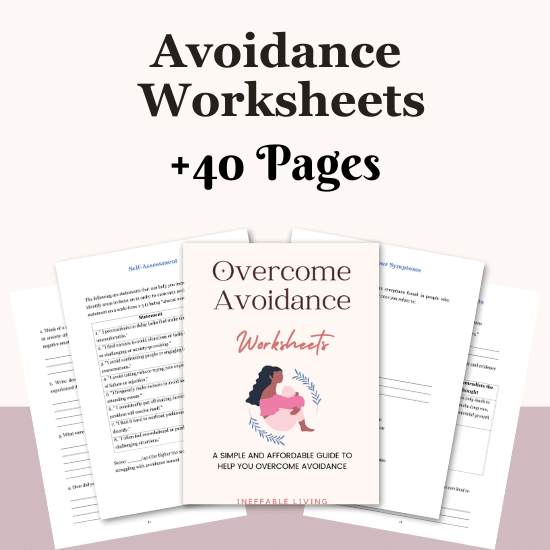
Conclusion
Avoidance in relationships is often an unconscious protection strategy. But when you name it, you can begin to replace it with courage, clarity, and connection—creating safer, more resilient bonds with the people who matter most.
